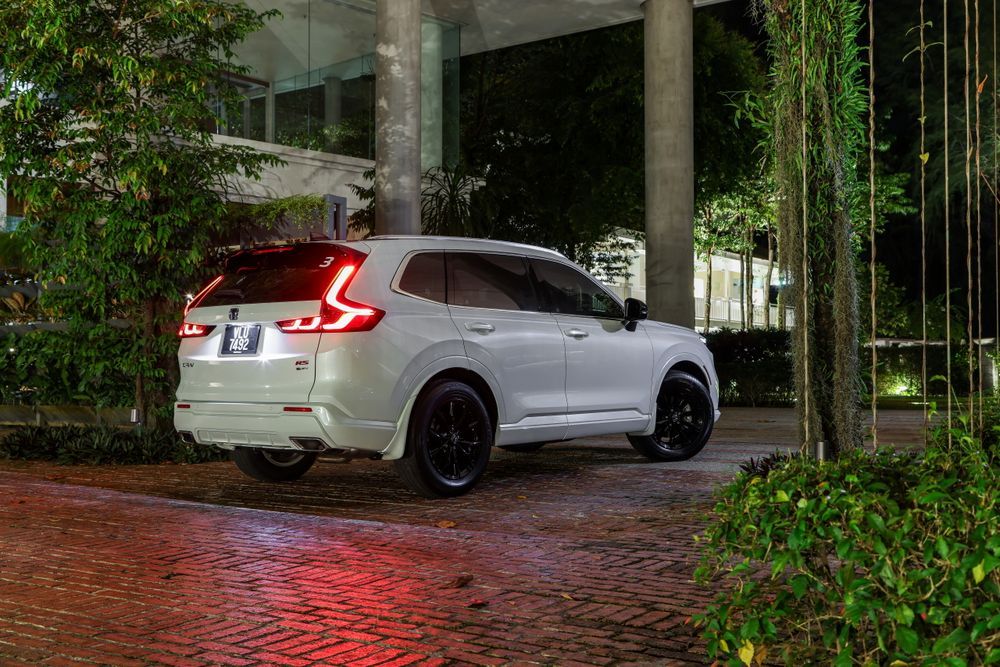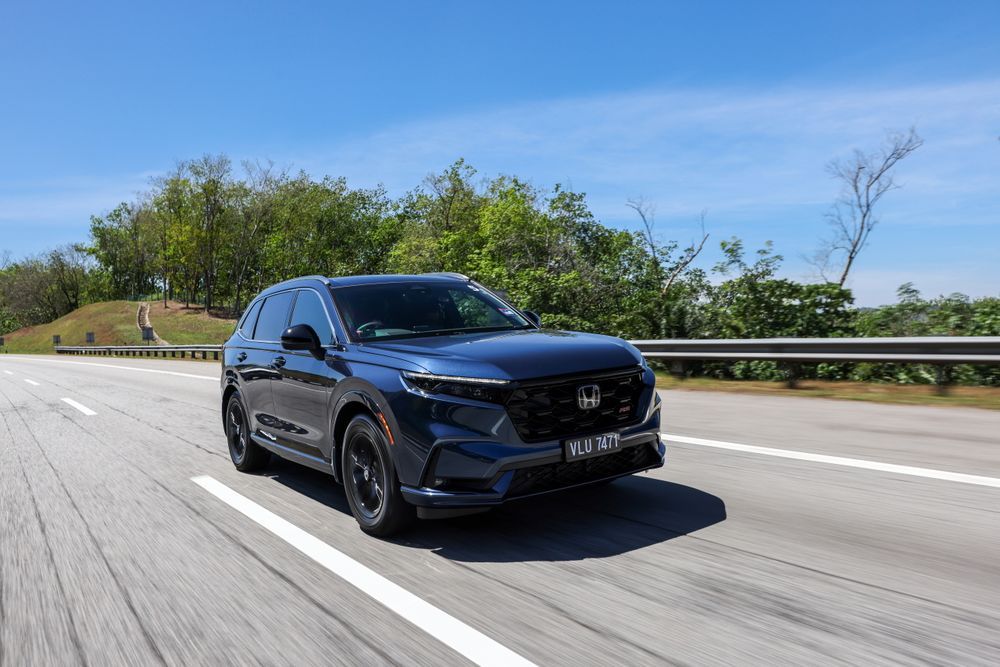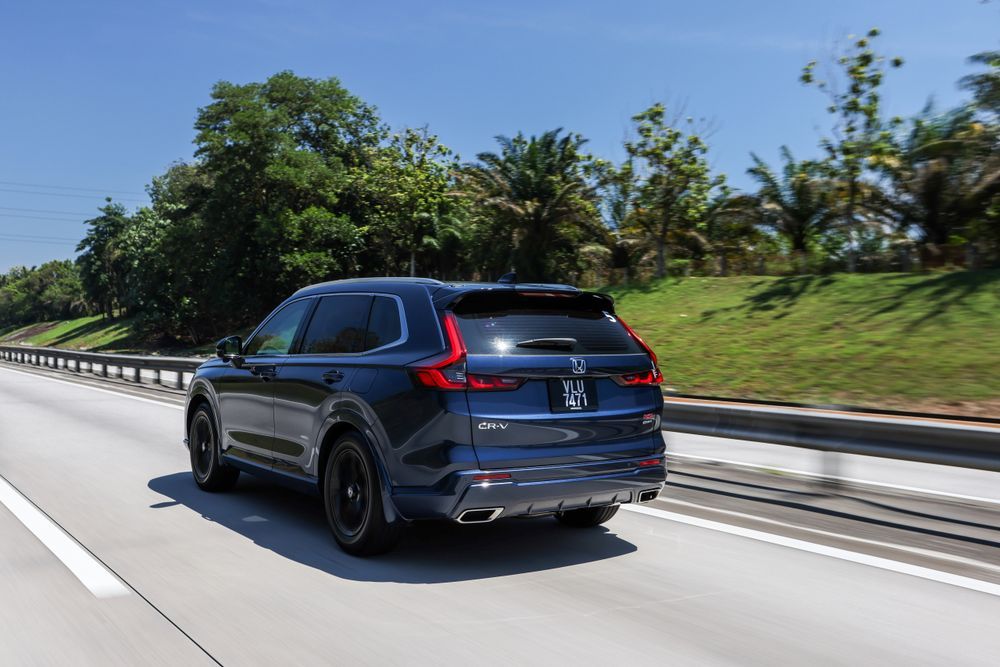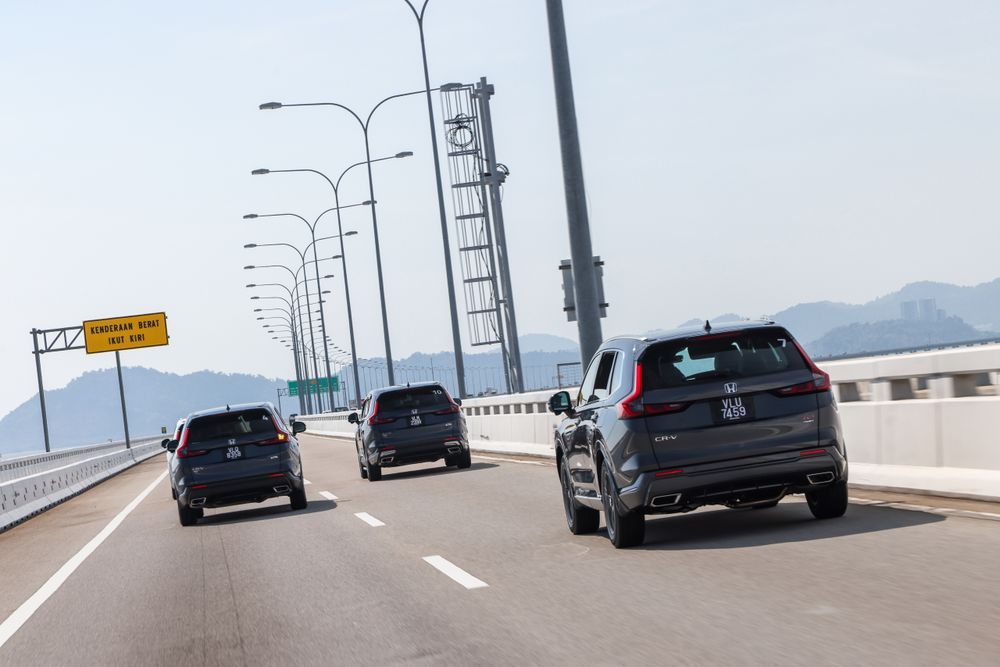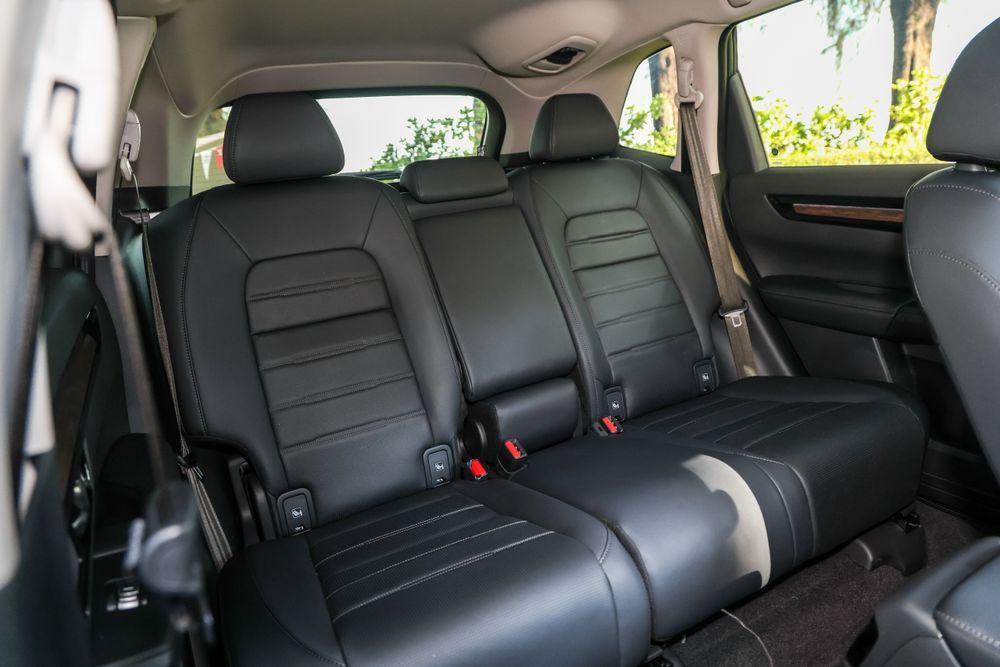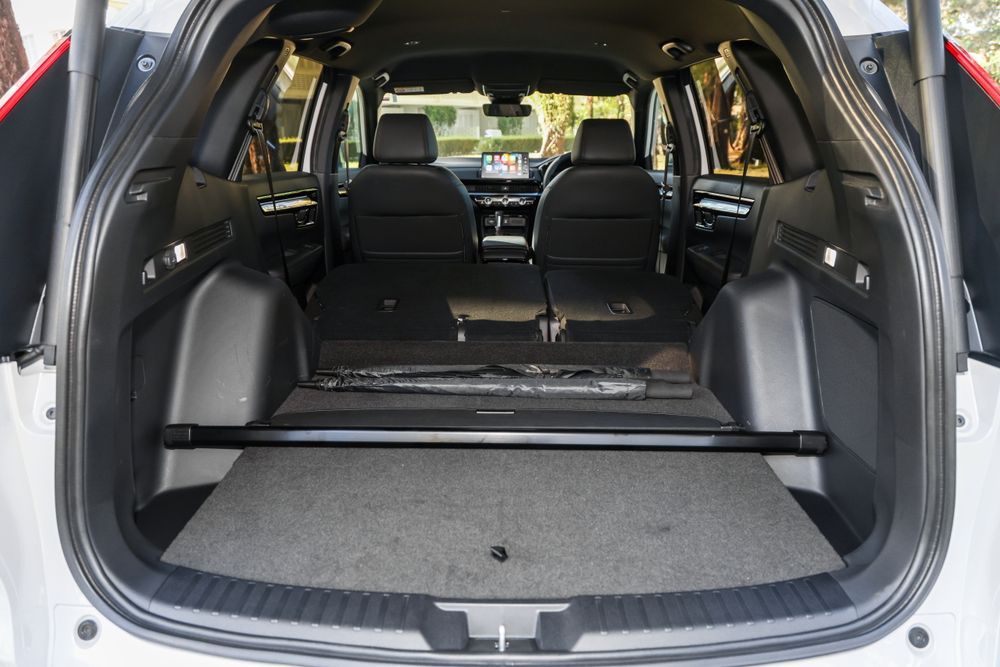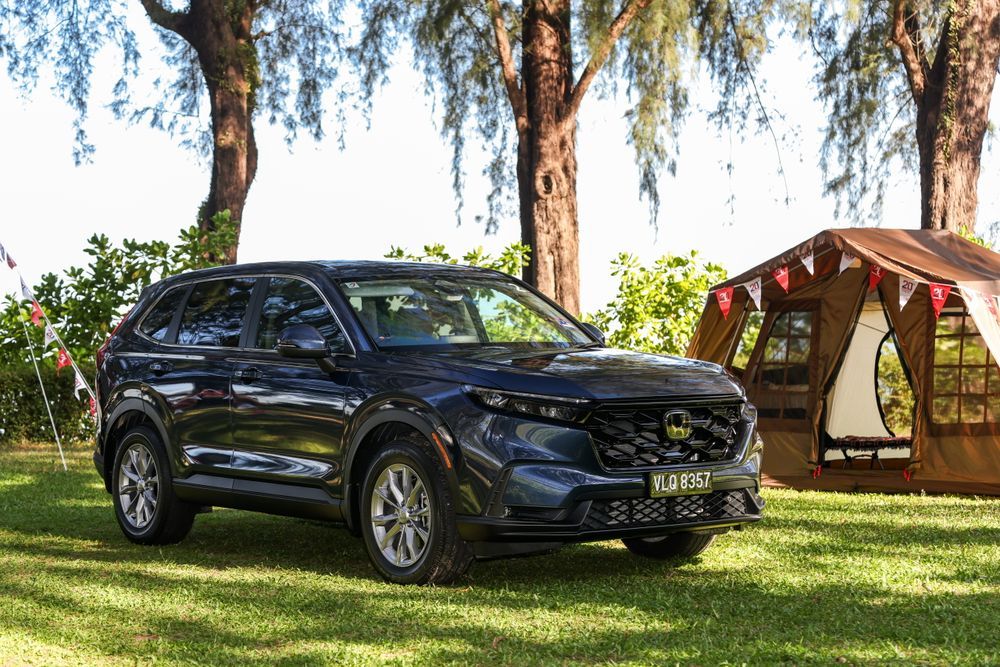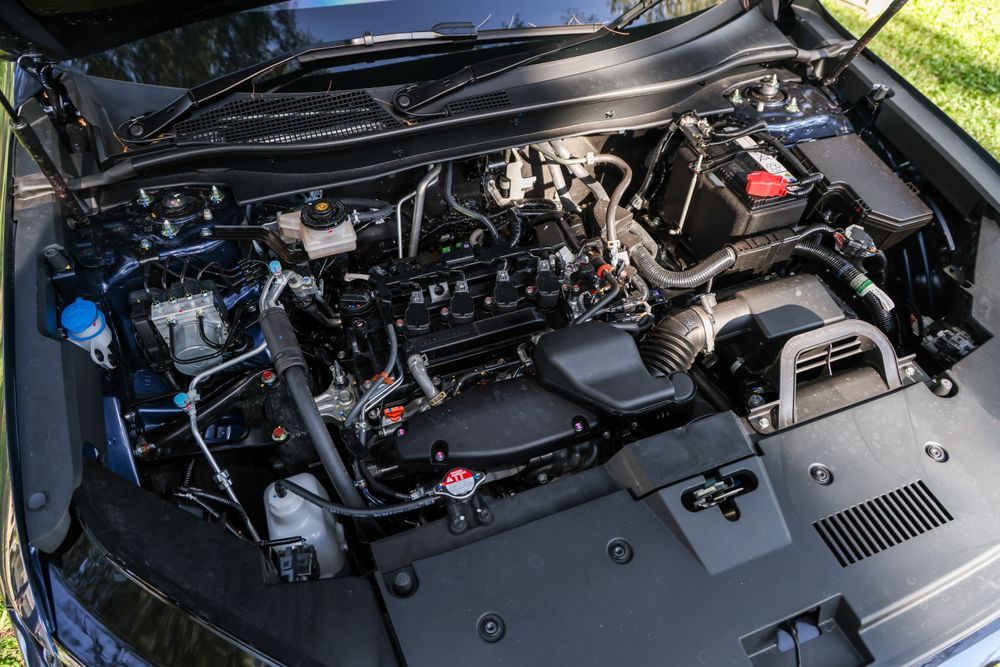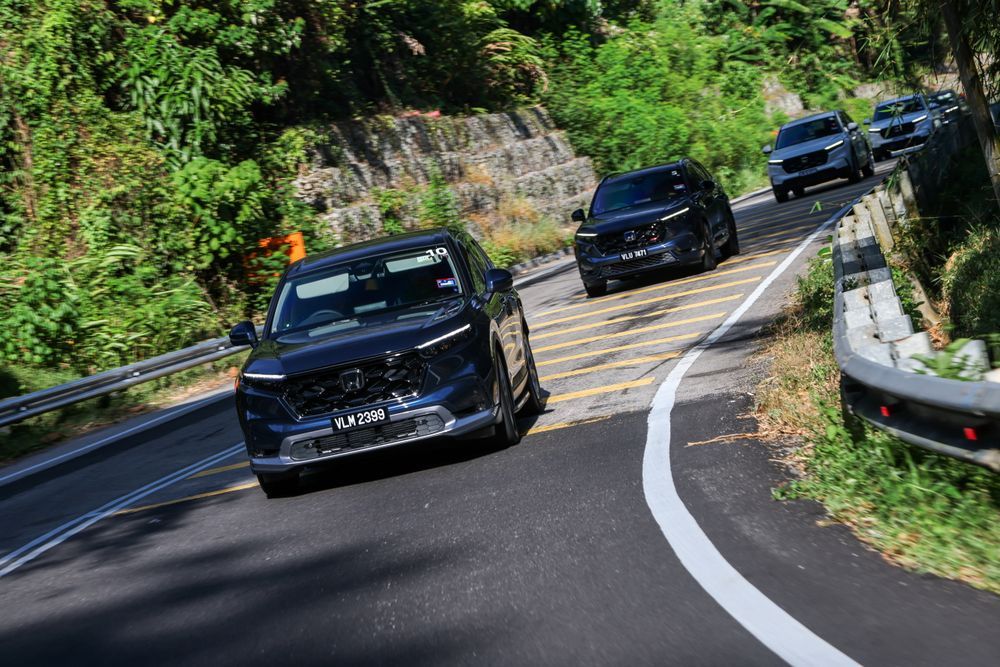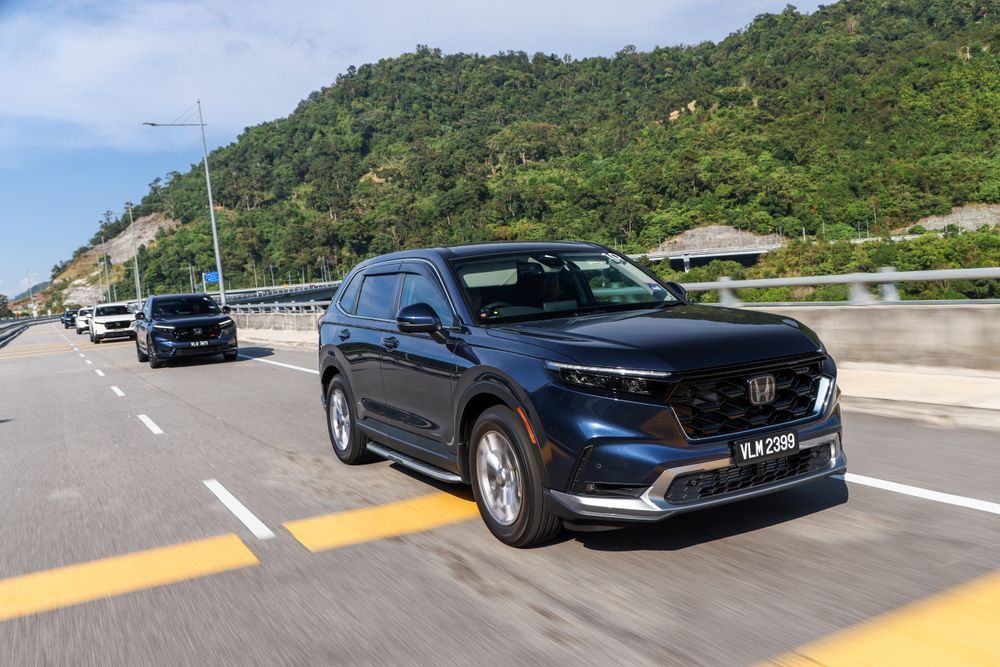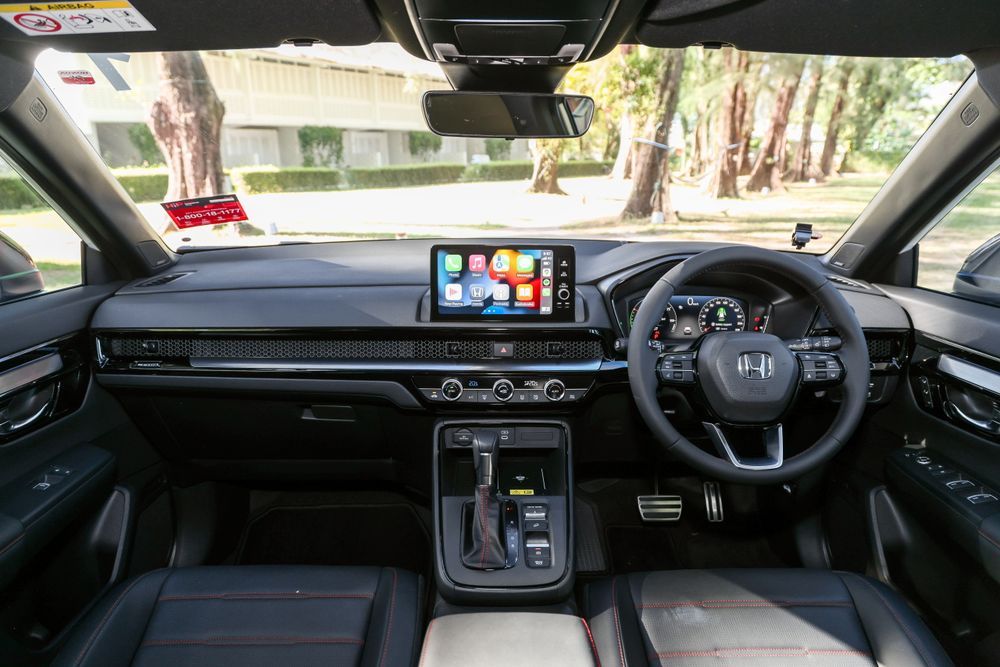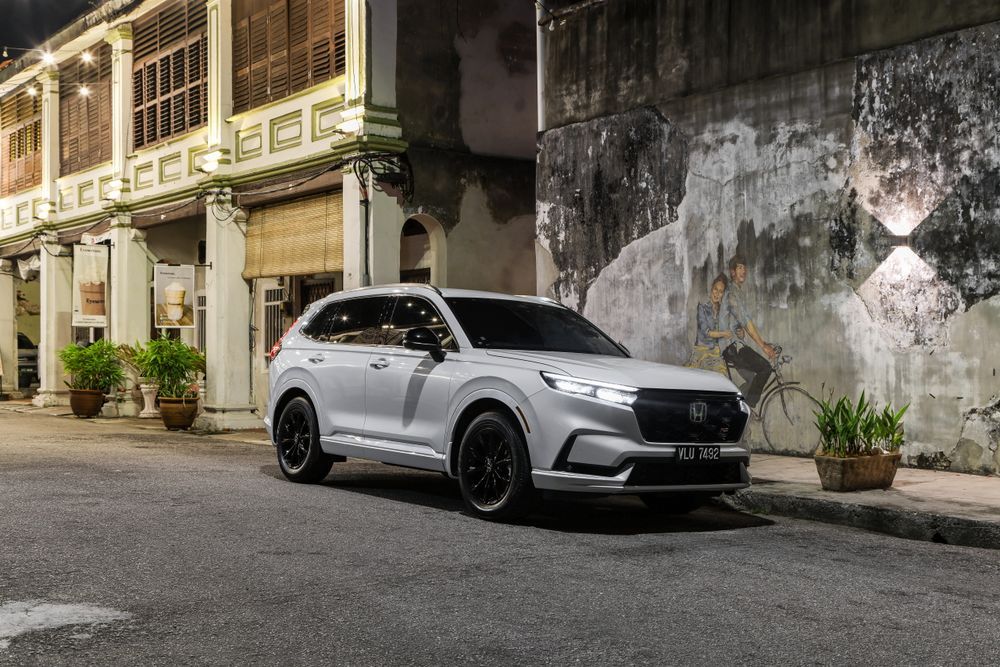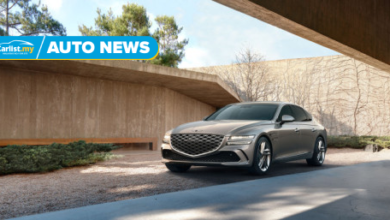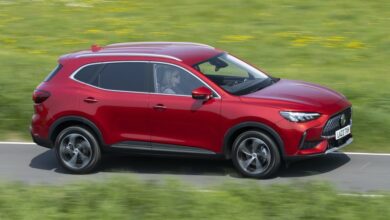2024 Honda CR-V – Go Turbo or Hybrid Electric? – Reviews
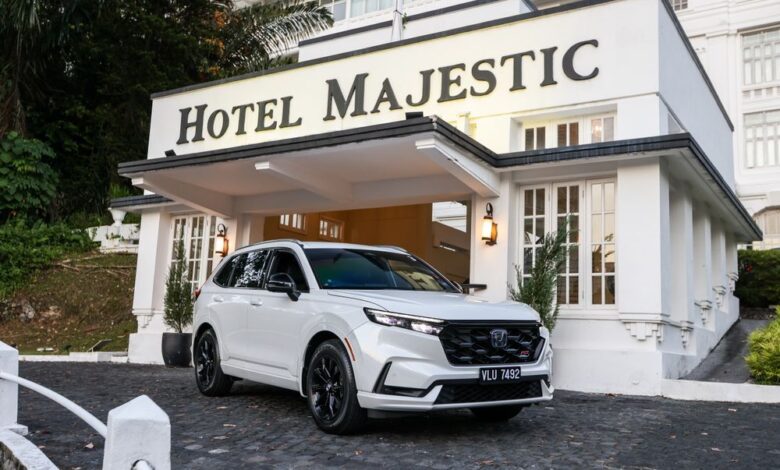
[ad_1]
The 2024 Honda CR-V made its way into the Malaysian market with four variants to choose from.
If you have anywhere between RM157,900 to RM195,900 and you’re looking for a formidable Japanese SUV with a pinch of Continental flair, it’s hard to knock the sixth-generation Honda CR-V off that list.
Honda Malaysia recently organised a media drive to Penang where a bunch of press members were given the opportunity to test out the top two variants of the 2024 Honda CR-V, the turbocharged V and the hybrid e:HEV RS.
Why these two? It seems that Honda dealers across the country managed to collect over 6,500 bookings for the new CR-V in just a couple of months, which is months ahead of its initial target.
The most popular variant has been the CR-V 1.5L V at 45% of the total bookings so far, followed by the more affordable E variant at 30%, e:HEV RS at 14%, and finally, the base S variant at 11%.
Going back to the Honda CR-V V variant, it’s the only one in the line-up with all-wheel-drive. The others? Only front-wheel-drive. So, how does the most popular CR-V compare to the range-topping e:HEV RS variant? Today’s theme is “Turbo vs Hybrid” and here’s our experience driving both of these cars from KL to Penang and back.
The drive took us through a slightly different route rather than a straight line to Penang. We took some B-roads along the way, stopped a few times to change drivers, and a quick lunch plus vehicle switch in Ipoh.
Our first go was with the 2024 Honda CR-V e:HEV RS. Getting through KL’s morning traffic was done with ease and comfort with no drama whatsoever. Working the throttle took just a bit of time to get used to as the new generation e:HEV powertrain offers a more direct feeling while accelerating.
Despite being a larger SUV, the electric traction motor does punch above its weight with 184PS and 335Nm of torque on tap. In other words, the CR-V e:HEV RS can still pull away easily even when the car is fully loaded with occupants and cargo.
On winding roads, the CR-V’s EV mode switched up to Hybrid drive where it felt like the engine was the one doing a lot more work, but it’s actually running the e:HEV’s generator motor to charge the battery and sending that power to the traction motor to power the wheels.
Only when we’re cruising on the highway, its 2.0-liter i-VTEC engine kicked in via a clutch to directly drive the front wheels with 148PS and 184Nm of torque for optimum efficiency as low as 5.0L/100km on paper.
While our drive up to Penang consisted of several stops and even switching to the CR-V 1.5L V for the second leg of the journey to let another group drive the e:HEV RS, it was a bit off from the ‘real world’ driving scenario, but the hybrid CR-V still recorded a very acceptable 6.06L/100km.
And most of us were really giving it the beans, punching at the accelerator more than usual (to test the powertrain, of course). We conclude that the CR-V e:HEV can definitely hit the 5.0L/100km mark (or 20km/L) with ease if we were a bit more relaxed and ‘less spirited’ in our driving.
Aside from the powertrain, the back seats of the CR-V were a lot more comfortable than the previous-gen as it can recline up to 10.5 degrees (or 8 levels) and move forward or rearward to provide more legroom. It’s certainly spacious and those with longer legs will indeed appreciate the new CR-V’s rear seats.
Depending on how much you move the rear seats, you can also modulate the CR-V’s boot storage capacity. Rated at 598 litres across all variants, it’s certainly a huge step up compared to the 522 litres available in the previous-gen model.
But, what about the turbo variant?
Well, the 2024 Honda CR-V 1.5L V certainly carries a different exterior vibe thanks to its black lower garnishes on the front and rear bumpers as well as the side skirts and wheel arches.
This gives all of the turbocharged CR-V variants a more contemporary Japanese SUV look and feel while the same parts on the range-topping CR-V e:HEV RS follow the same colour as the body, which gave it a more ‘Continental’ vibe (that and its 18-inch black alloy rims).
Moving towards power, the 1.5-liter VTEC Turbo engine produces 193PS and 243Nm of torque mated to a CVT transmission to power all four wheels. While its 0-100km/h time might be a second slower than the hybrid CR-V, it makes up with a slightly faster top speed of 200km/h (13km/h more than the CR-V e:HEV RS).
However, the feeling is a bit more subdued but slightly more manageable when handling that power on winding roads. The all-wheel-drive system played a bigger role here in providing a better sense of stability and driving dynamics compared to the CR-V e:HEV as the top variant required a bit more effort to carry an extra 67kg and doing so with just its front wheels.
In short, the 2024 Honda CR-V e:HEV RS felt quite balanced in driving dynamics, but the slightly more affordable V variant is a bit more refined in this particular matter.
Yes, it’s riding with a CVT and yes, it does whine a bit when you slam your foot on the accelerator, but that’s not really the case in the real world and when driven normally, the turbocharged CR-V with its CVT gearbox is actually a darling to drive.
Fuel consumption is also quite reasonable rated at 7.5L/100km on paper. During our slightly more spirited drive back to KL in the turbocharged CR-V (and a long escapade to exit Penang island itself), we clocked in a reasonable fuel consumption figure of around 8.3L/100km (about 12km/L).
The CR-V V-spec’s rating of 7L/100km is indeed very possible if we weren’t in a rush. Our conclusion? Honda is right on the money when it comes to the fuel consumption stats that they’ve provided against real-world driving scenarios (or in our case, slightly more spirited and heavier left foot on the pedal).
At the end of the day, the range-topping 2024 Honda CR-V e:HEV RS ticks all the right boxes in terms of looks, performance, and fuel consumption. Those with a slightly lower budget won’t miss out on any of the fun and style with the other turbocharged variants of the CR-V as well, particularly the V variant and its exclusive all-wheel-drive system for enhanced stability and comfort.
[ad_2]


